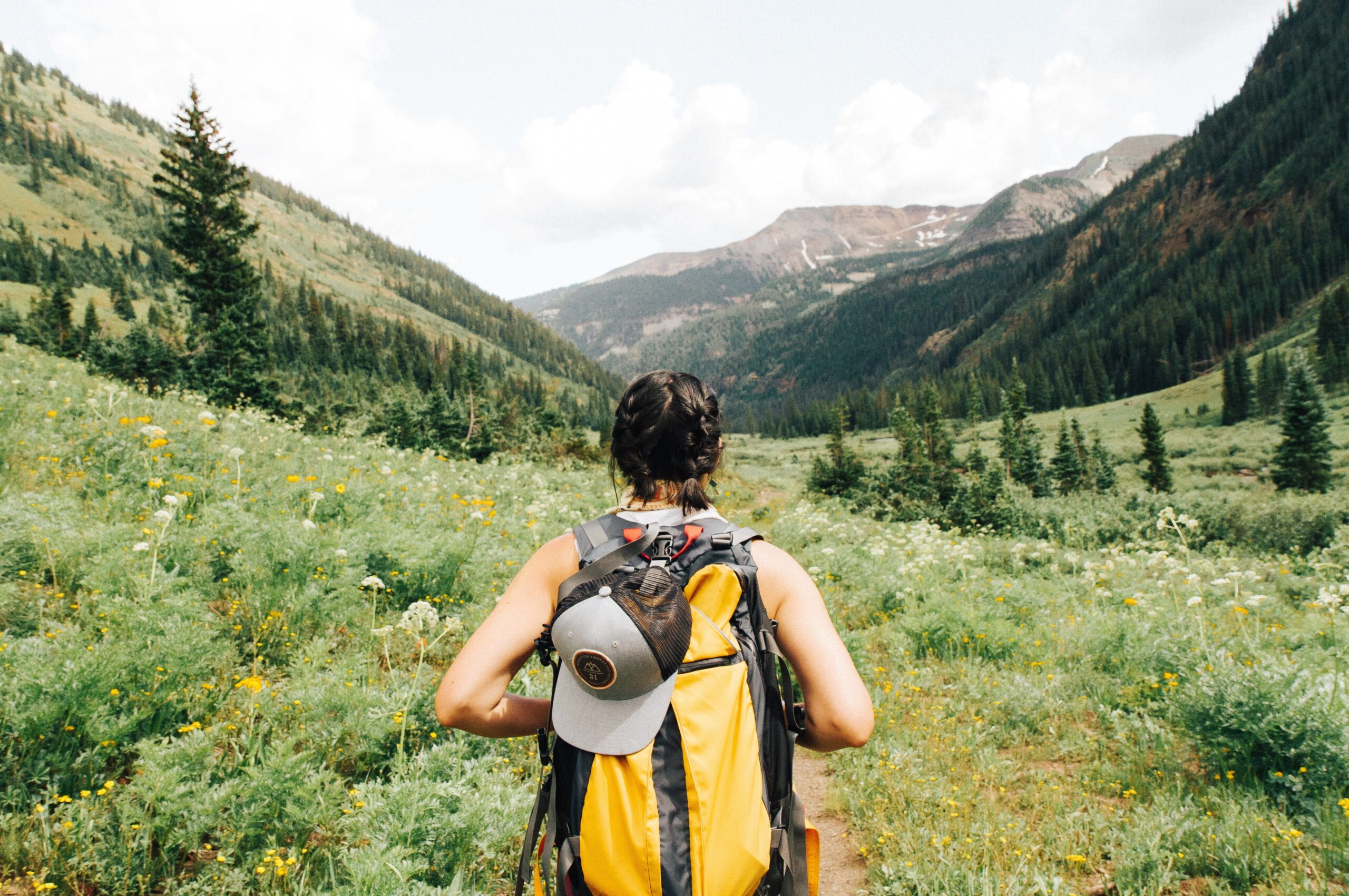

It’s not all about Death Valley, Yosemite, and Yellowstone. On the East Coast, there are parks that put “nature showing off” on full display. Hundreds of miles of trails, thousands of rivers and lakes, and enough square miles of green to make you forget all about your cubicle. Here, our top three choices for East Coast parks.
Acadia National Park
Maine
The “Crown Jewel of the North Atlantic Coast,” and the oldest national park east of the Mississippi, this nearly 50,000-acre park southwest of Bar Harbor, Maine, preserves the highest rocky headlands of the United States Atlantic coastline over Mount Desert Island, the Isle au Haut and the Schoodic Peninsula. With 158 miles of trails, prepare to climb seven peaks that clock in over 1,000 feet, including Cadillac Mountain.
Cadillac Mountain
The most popular destination in the park, and for good reason. Expect “breathtaking,” “ridiculous views.” “It’s well worth the effort to get up the mountain well before sunrise to watch the new day start,” one hiker advises.
Bass Harbor Head Light
The only lighthouse on Mount Desert Island, view it from the shoreline via trail and stairway.
Wild Gardens of Acadia
Discover a microcosm of Mount Desert Island’s natural habitats in this small garden. More than 400 indigenous plants found throughout the park are labeled along the garden paths.
Carriage Roads
When your feet tire, hop on a trolley or bus tour of the park and explore the more than 50-miles of carriage roads financed, designed, and directed by John D. Rockefeller, Jr.
Insider Tips:
While crowds descend on the park in spring, summer, and even into the fall, you’ll have the park to yourself in winter. Check out the scenic winter drives, bring your cross-country skiing and snowshoes, or settle down in the early dark at a very quiet and cozy winter camp.
Each summer, several trails close to protect nesting peregrine falcons.
Shenandoah National Park
Virginia
A long, narrow 80,000-acre park that encompasses some of the Blue Ridge Mountains, explore 500 miles of hiking trails and ramble into the back-country; almost 40 percent of the park’s has been designated as wilderness.
Skyline Drive
Running 105 miles along the ridge of the Blue Ridge Mountains, this road calls for a slow, scenic drive. The speed limit never tops 35 miles per hour, and deer, black bears, and turkeys are known to cross along with hikers and bicycles.
Old Rag Mountain Hike
This ten-mile loop includes a challenging scramble but the payoff of the mountain peak views makes it the most popular route in the park.
Appalachian Trail
Hop onto a “lovely section” of the Appalachian Trail. One hiker called the 9-mile swath between Lewis Mountain Cabins to Big Meadows Lodge the most enjoyable of any section of the trail in Georgia, North Carolina and Virginia.
Dark Hollows Falls
The most famous and spectacular waterfalls in the park—”nature showing off again”—are worth the steep descent. And the climb back up.
Historic Camps and Cabins
Check out President Herbert Hoover’s restored fishing retreat, Rapidan Camp, accessible by a 4-mile round trip hike on Mill Prong Trail. Or picnic on the lawn outside Pinnacles, a cabin that housed young men working in the park as part of the Civilian Conservation Corps during the New Deal. Want a cabin of your own? Reserve one of the six hike-in primitive cabins maintained by Potomac Appalachian Trail Club that feature mattresses, blankets, and cookware.
Adirondack Park
New York State
Okay, so it’s not technically a national park, but it’s bigger than many of them. Established in 1885, the first state preserve of its kind in the United States and the largest, with some six million acres—larger than 50 countries in the world—Adirondack Park boasts more than 3,000 lakes, 30,000 miles of rivers and streams, and over 2,000 miles of hiking trails, making it the largest train system in the country. About half of the park is privately owned inholdings with a year-round population of 132,000. The inclusion of human settlements makes the park one of the “great experiments in conservation” in the industrialized world. For a park of so many superlatives, Adirondack Park flies surprisingly under the radar.
46 Peaks
Inside the park, 46 peaks rise over 4,000 feet of elevation. Hike them all and you become a Forty-Sixer. And it’s quite the accomplishment. Due to the vastness of the park, many of the climbs require multi-day excursions to reach the base camps below each peak.
Canoe and Kayak
With 30,000 miles of rivers and streams, this is the place to get on the water, and the Adirondacks are home to New York State’s only designated canoe wilderness area. The St. Regis Canoe Area covers 18,400 acres and includes 75 primitive tent sites and three lean-tos, making it ideal for overnight canoe camping trips. Or hit the park in early September to watch (or partake!) in the 90-mile, three-day paddling race, the Adirondack Canoe Classic. A different kind of intensity comes in the early spring, when snow melt turns the Hudson into Class IV and V rapids and beckons you and your raft.
Wild Walk
Since opening in May 2018, this elevated platform trail across the treetops has been called “glorious” by the Wall Street Journal and “stunning” by the New York Times.
Travel Back in Time
History buffs will do well in the Adirondacks, which feature more historic sites than you can shake a stick at. But even those who are headed here for the wilderness can partake in the old timey charm at the country stores and 5 and 10s that stand at village crossroads stocked with penny candy, fudge, and more.
With so much stress swirling in our world, we want to keep our summer vacations simple this year. Canoes, hammocks, campfires. An old-fashioned East Coast camping trip has never sounded better.



